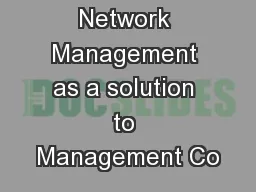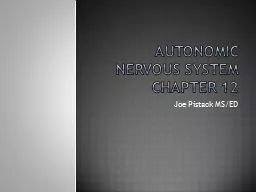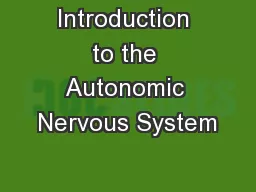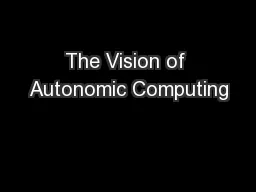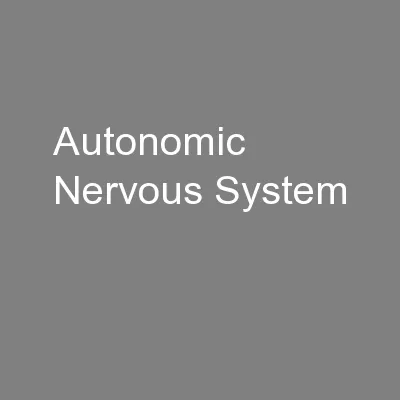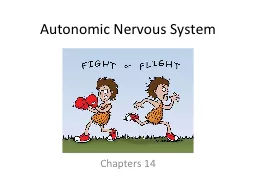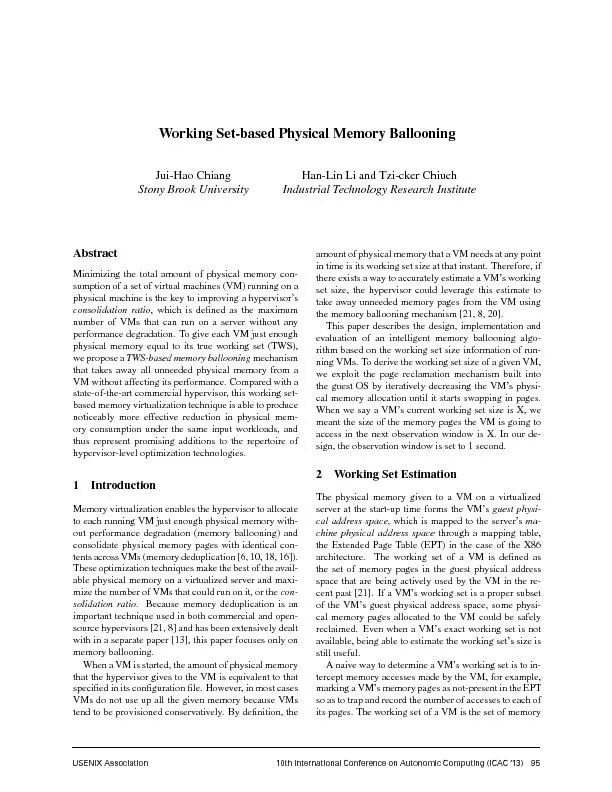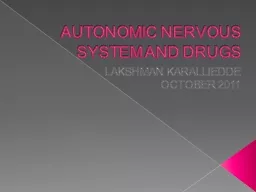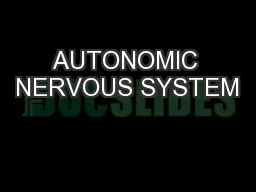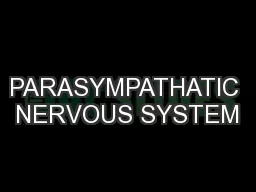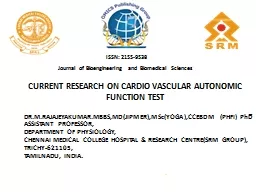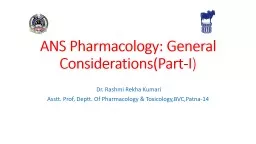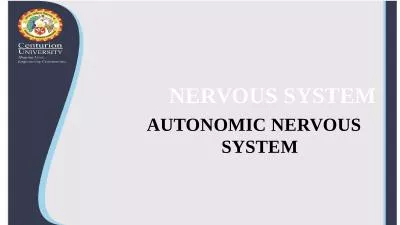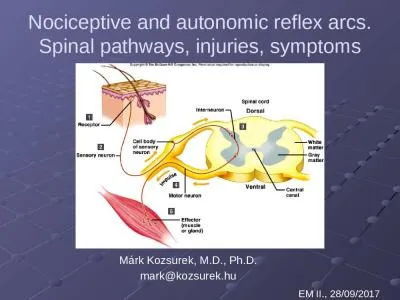PPT-Autonomic Network Management as a solution to Management Co
Author : liane-varnes | Published Date : 2017-11-29
By Ehimare Philip Imobhio Sravya Kalapala and Prasanth Gutti Introduction Communication Networks has greatly increased in size and complexity recently Also
Presentation Embed Code
Download Presentation
Download Presentation The PPT/PDF document "Autonomic Network Management as a soluti..." is the property of its rightful owner. Permission is granted to download and print the materials on this website for personal, non-commercial use only, and to display it on your personal computer provided you do not modify the materials and that you retain all copyright notices contained in the materials. By downloading content from our website, you accept the terms of this agreement.
Autonomic Network Management as a solution to Management Co: Transcript
Download Rules Of Document
"Autonomic Network Management as a solution to Management Co"The content belongs to its owner. You may download and print it for personal use, without modification, and keep all copyright notices. By downloading, you agree to these terms.
Related Documents

